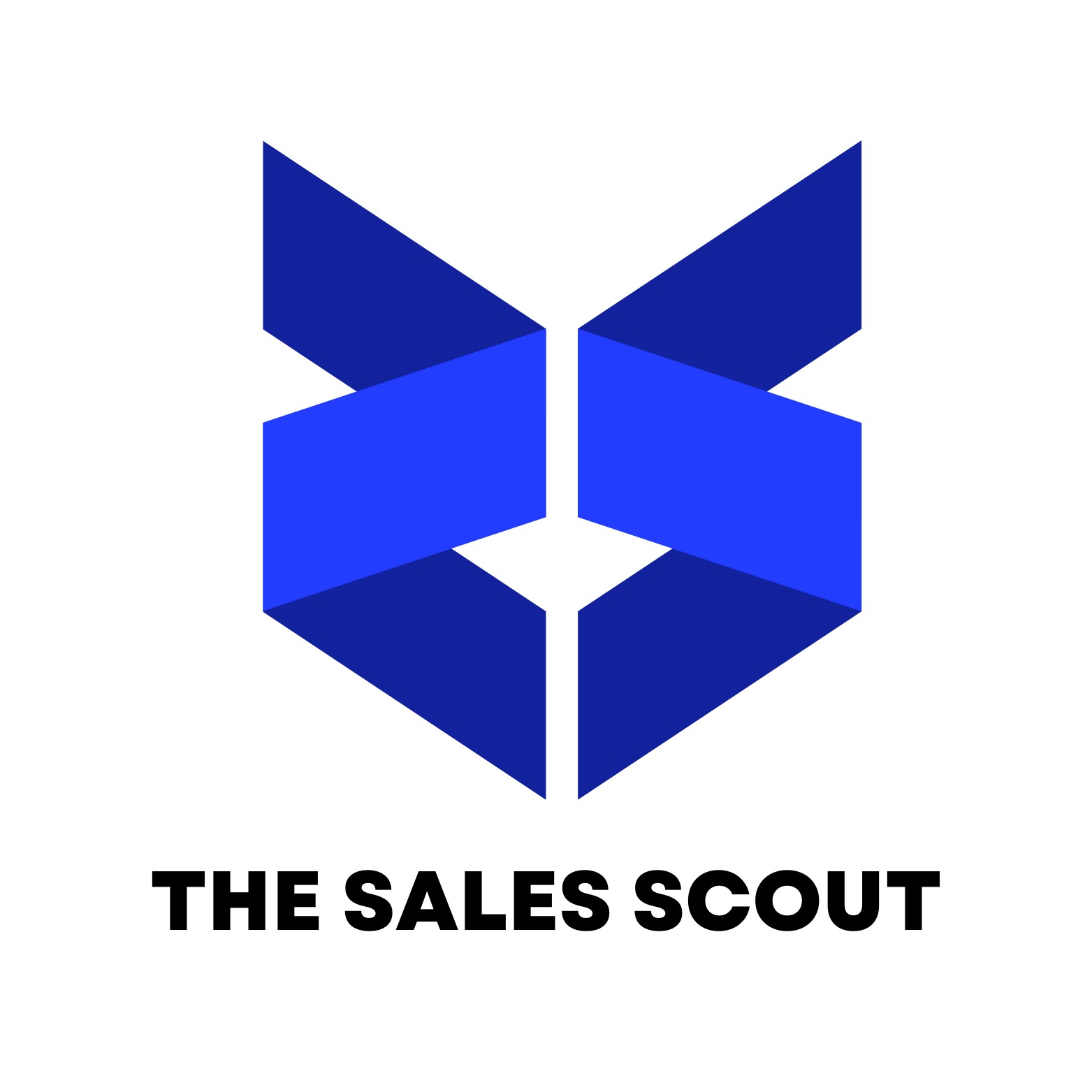The Sales Development Representative role is a critical one for companies. They fuel your leads and are on the front lines for introducing your products and services to complete strangers. It’s a high intense, high demand, and unfortunately, it can be a high turnover job. It’s the most misunderstood, underestimated job in a sales organization. There are a few reasons SDRs leave for “greener pastures” – high burnout, disengagement, and lack of clear upward mobility.
SDR Burnout
The SDR role is a high call volume, high activity venture. When people say, “sales is a numbers game”, SDRs are at the tip of the spear with this statement. It can be draining. Plus, you get rejected left and right. This role has an 18 – 24 month (at the most) shelf life. If you have the same rep doing the same role past two years without promoting them, chances are you hired the wrong person.
Because of this, companies should figure out ways to ease the stress. Be more flexible on remote work; have an SDR outing once a month so they can let loose; give them some extra cash for hitting their meeting number for the week; or even give them a one day off per month as an extra perk for working at your company. But do something to take the load off this unique and often stressful job. Show that you understand the demands of their position by showing some TLC and appreciating their work with not just words.
Disenagement
SDRs get excited when they get meetings because the executed their job after all that grunt work to get the prospect to commit to a time. When they exit the sales process after they hand the lead off to the AE, they feel disempowered and disconnected to the rest of the process. It’s like having a relationship with someone and keeping it a secret from the rest of your friends. How do you think that other person feels when you don’t announce your love for them to the rest of the world? That’s how SDRs feel with the rest of the sales process. They don’t quite know how impactful they were to the deal, and they aren’t celebrated when the deal closes. The result is a disengaged rep who losers motivation.
If they don’t already, companies should consider getting their SDRs more involved with the rest of the sales process. Need to figure out a proposal? Get an SDR to help with that. Need to schedule a follow up meeting with a prospect you can’t get back on the phone? Why can’t an SDR do that? Have them sit in on your demos. Develop them and teach them the rest of the process. Have them experience it and be a part of it. As an organization, you should be flexible enough to bring SDRs along to the point where they can help AEs close some of the smaller deals so the AE can focus on larger opportunities. It maximizes everyone’s time. I remember when I was an SDR at my first sales job, my AE let me run with the small deals to the point where I was setting up meetings for him AND running with the smaller accounts. I felt empowered and a part of all of our wins. Don’t be rigid in how you treat this role. Be flexible enough to let SDRs take on more responsibility if they show you they can do it.
Upward Mobility
The usual timeframe it takes an SDR to be promoted is 18 months. In some cases, it’s 12 months or less depending on how good that rep is and the company’s growth trajectory. If a rep is crushing it consistently and see you hire an outside AE for the position they wanted, that’s going to give them pause for concern. If part of the reason they accepted the SDR position was because of a future promotion that never happens after they exceed expectations, then what do you think the end result will be? You’d be surprised at how often this happens. Sometimes companies don’t have specific training for SDRs for the next level – negotiation, closing and other the intricacies of the Account Executive position aren’t taught while SDRs are still in the development phase of their career.
Companies should have a clear path for these reps. Specifically, training sessions geared toward the next level to show those reps you’re serious about promoting and developing. Have regular career mapping meetings with SDRs to make sure they’re on track from that promotion carrot you dangled out to them when they interviewed for the job. Commit resources to getting them to the next level by meeting regularly with them and closely keeping track of their progress through ongoing discussions.
All in all, an SDR program doesn’t have to be a pain that companies should just accept as part of the process. You can’t just chalk it up to something that’s just part of the deal and accept that every company goes through it. Don’t normalize your company’s struggles with high SDR turnover. It’s not normal and it’s not good for any company. Companies can easily change the direction of their SDR struggles by being flexible, creating engaged SDRs and committing to their ongoing development as sales professionals.
